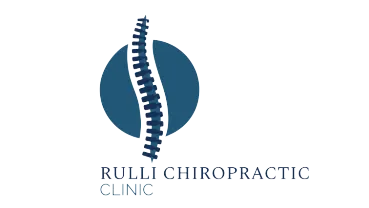Workplace Ergonomics
Movement is an essential part of life. Today, however, a typical office worker sits at a desk for eight hours a day -
probably with poor posture- and seldom stands up. Some of the more common workplace injures are carpal tunnel syndrome (a nerve entrapment at the wrist seen in computer users), low back
pain, tendinitis, bursitis and neck pain or headaches.
What Causes Workplace Injuries?
Many workplace injuries are called
repetitive stress injuries. These injuries occur when abnormal stresses are repeatedly placed on normal joints by poor posture or poor joint position during the performance of a
task. Many of these stresses are caused by poor workstation design and/or repetitive task performance.
What Are Good Ergonomics?
Ergonomic means designed for ease of use. Your workstation should be designed for maximum comfort, efficiency, safety, and ease of use.
When working at a desk, try these suggestions for greater comfort:
• Choose a desk that is the proper height. All things on your desk should be
within easy reach.
• Your feet should be touching the floor, with the legs and body forming an angle of 90 to 110 degrees.
• Keep your body straight with the head and neck upright and looking forward, not to the side. Do not hunch over or slouch.
• Adjust the height of your monitor. Look forward with your head in a neutral position. Your eyes should be at the same height as the top of the monitor. Leaning your
head forward can lead to headaches and neck pain.
• When typing, keep your wrists straight, your shoulders perpendicular to the floor and your forearms parallel to the floor.
• When reading at your desk, use a bookstand or a paper holder to keep your eyes in the same neutral position you use to read documents on your computer monitor.
• When talking on the phone, use a headset, when possible, especially if you talk on the phone for prolonged periods. Holding the phone between your shoulder and cheek will lead to
neck pain and headaches.
• Stand up and stretch your legs with a short walk about every 20 to 30 minutes.
• Take micro-breaks often, stretching your neck, arms and wrists, back and legs. Simple stretches include slow neck rotations, fist clenches, arm dangles and shoulder shrugs.
• If your eyes concentrate on a particular object for long periods, relax your eye muscles by shifting your focus from objects that are close to you to objects that are father
away. This helps reduce eye strain.
